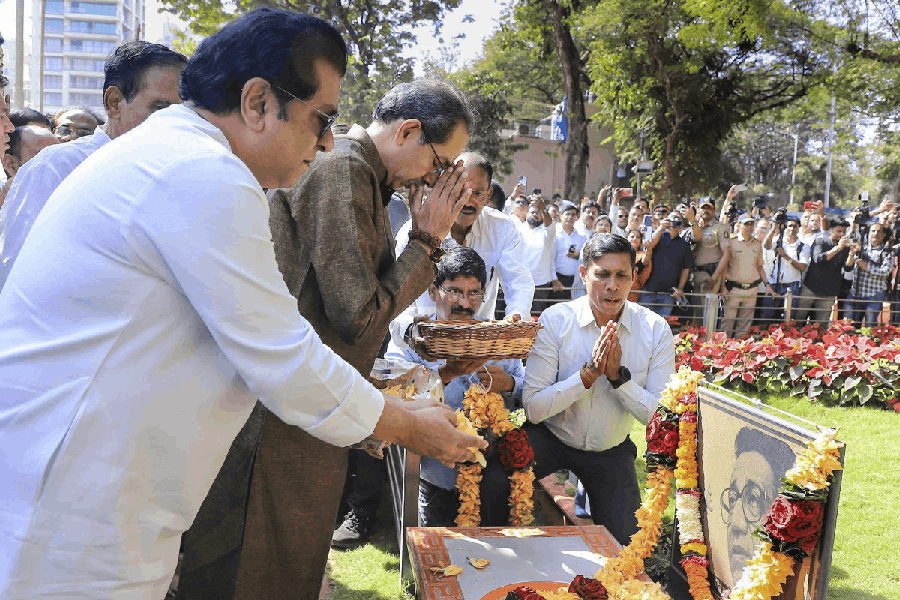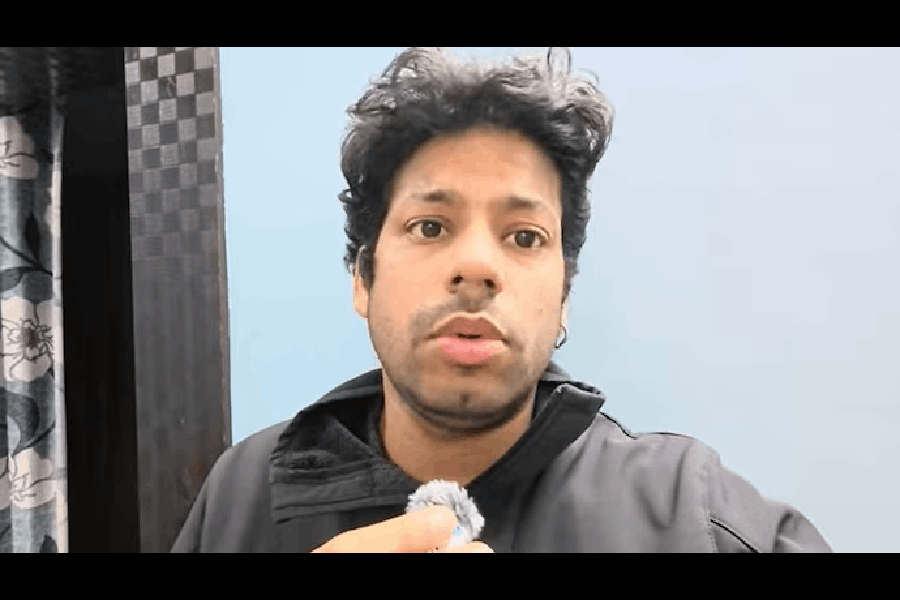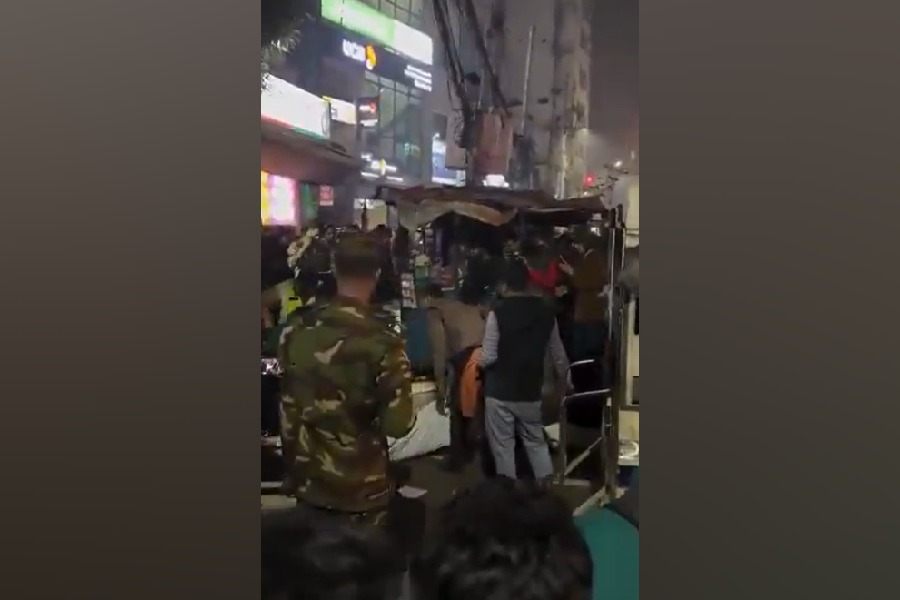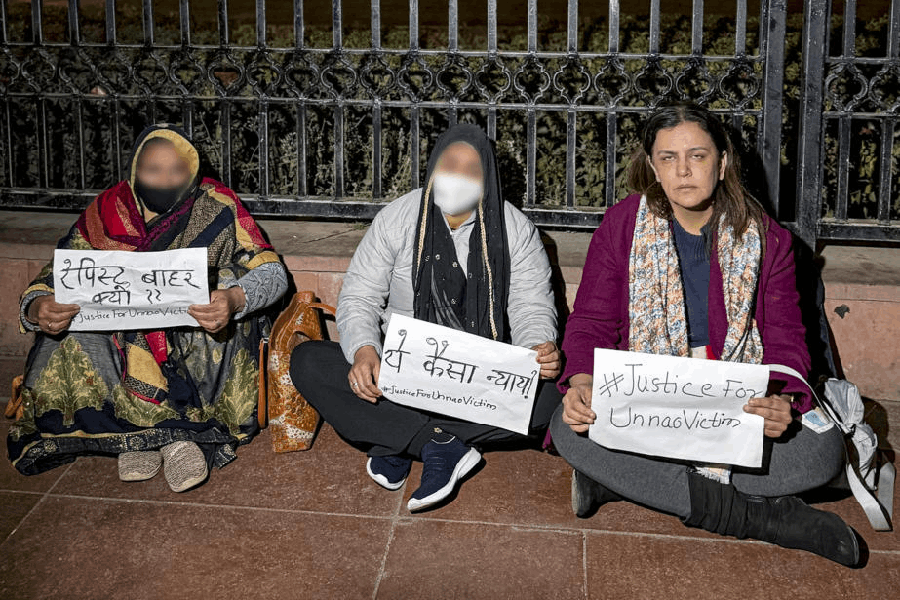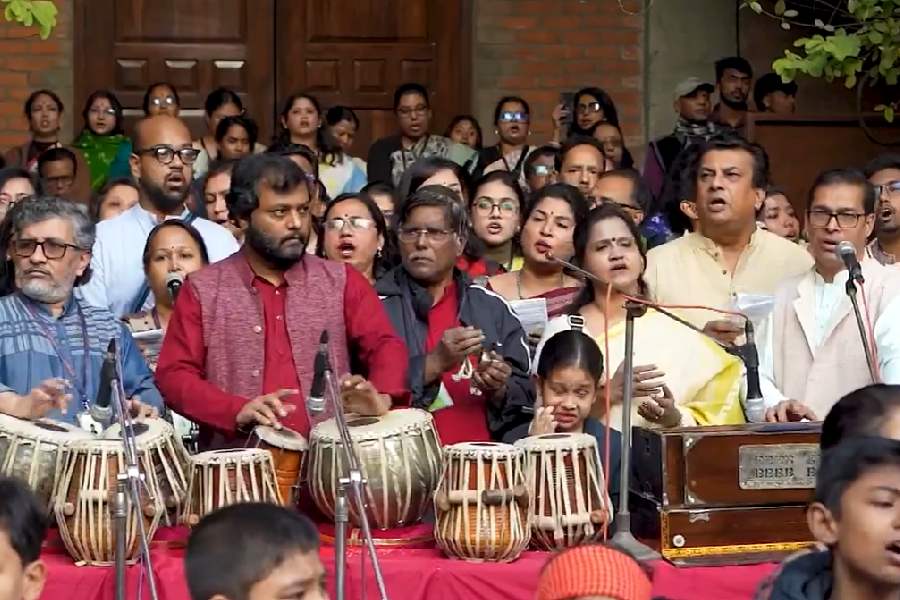|
|
I have often wondered what happens to children after they are sent to government homes. Different categories of vulnerable children — orphans and the disabled, drug-offenders and children in trouble with the law, destitutes and beggars — find shelter in such institutions within the ambit of the Juvenile Justice (Care and Protection of Children) Act, 2000. Most of the rescued children are sent to government homes in compliance with the directives of a district magistrate, or members of child welfare committees or the judiciary. Not much is known after that, unless the children — now officially known as ‘inmates’— run away from the institution. (As recently as March 12, 16 girls scaled a high wall and fled a government home in Midnapore.) It is as if the State — supposedly the custodian and protector of these vulnerable children — drapes a screen over the lives of those who remain inside.
Recently, I travelled to Berhampore to discover the world that lies hidden behind the screen. My destination was Ananda Ashram, a government home for male delinquents and juveniles, under the aegis of the directorate of social welfare. A tall, grey boundary wall surrounds Ananda Ashram. The path that leads inside is filled with equally difficult, but invisible, obstacles.
Journalists are seldom provided easy access to institutions under the State’s care. This despite the fact that the law does not debar any citizen from visiting children’s homes. It is evident that the State permits selective entry — a district magistrate or judge or CWC member, each one of these posts representing State authority in one form or another, has far greater, and easier, access to government homes than the media or NGOs not affiliated to the State. This inaccessibility has eroded the trust between the representatives of the State on the one hand and of civil society on the other, thereby undermining the possibility of greater collaboration to better the lives of the children.
In Berhampore, Vijay Bharti, the sympathetic additional district magistrate of Murshidabad, facilitated my entry into Ananda Ashram. After signing the register, and crossing two gates, I was on my way to the supervisor’s room when I chanced upon one of the inmates. The young boy stood silently, his eyes fixed on the main entrance that had been left open momentarily, revealing a portion of the street outside.
The supervisor was young and nervous, but was keen to share what he knew. Ananda Ashram has 130 inmates living in three large dormitories at present. But there is space to accommodate 20 more children. The institution, built in 1962, was initially meant as a shelter for non-delinquent children. In 1995, after the name-change, it incorporated a section to house inmates who, according to the proposed Integrated Child Protection Scheme, are in conflict with the law. On the day of my visit, 23 such boarders were present in the ‘special cell’: a dark, cavernous room secured with a lock, and under constant supervision of three guards. Of the 23, 16 children were from Bangladesh.
Once inside, the lives of most of the inmates are carefully re-arranged. The day begins early with a breakfast of chhola (chickpeas), muri (puffed rice) and gur (jaggery). For lunch, the boys are served rice with fish (three times a week), eggs and chicken (once every week), but dinner is a vegetarian affair. The food allowance for each child is Rs 750 per month. Although this is a slight improvement from the earlier figure of Rs 600, it is not enough to provide three wholesome meals to the children every day. A primary school, comprising two teachers, one crafts master and 40 inmates, is located inside. The older boys are sent to other educational institutions in Berhampore. Recreational facilities are available, but Ananda Ashram lacks a large playground. The medical facilities are adequate, as are the funds. (How are the funds ‘adequate’, given the paltry food allowance, I wondered.) Apparently, the staff try and provide a “family atmosphere”, and have succeeded in sending back about 25 boys to their families in the last few years.
Having discovered that we attended the same college, the supervisor relaxed and grew more communicative. Soon, we were discussing the many problems that plague him and the children. He told me that there are vacancies (one each) for the posts of teacher, sweeper and cook. The pharmacist, an efficient man, doubles as an office-help. But of much greater import was the absence of trained counsellors and psychiatrists. I was told that many of the children, having been exposed to terrible deprivation, cruelties and loneliness, were suffering from depression. For the occasional visitor, it is easy to be taken in by the suffering of these children. But it is important to remember that some of them have violent dispositions, and complex inner lives. Many of them perceive the Home as nothing more than an extension of a prison, and hate the idea of having to follow rules. Others, like seven-year-old Shamu Mishra from Uttar Pradesh, often concoct fantastic stories that make it difficult for the benefactors to get to the truth behind their dismal lives. Of equal concern is the fact that the crowded Ananda Ashram shelters juvenile offenders along with those who do not have a criminal background. The reform and integration of the children in conflict with law remain a challenge for the authorities.
But the story of Ananda Ashram is also a story of institutional limitations. Given its long and porous border with Bangladesh, Murshidabad, which ranks a poor 17 in the state Human Development Index, has emerged as a transit point for cross-border trafficking. I found it difficult to obtain the exact figures, but one of my contacts, an employee of Suprova, a local NGO that works with trafficked children, stated that as many as 36 cases had come to light in a short span of time. Given the poverty of the region and the lack of awareness in the villages, a majority of the cases go unreported. Unfortunately, most of the offenders escape with a light sentence. The crime syndicates often bribe (or force) medical officers to certify underage children as adults so that the offenders can apply for bail. Moreover, despite the solemn assurance of the JJ Act, only a few police stations have appointed a child protection officer. The police stations at Kandi, Lalbag and Berhampore are yet to appoint CPOs. In the police stations that have CPOs, the officers lack the desired training or sensitivity.
The institutional weaknesses are symbolic of the lack of political will. In accordance with the law, every district in Bengal now has a CWC and a juvenile justice board. But a total of just over 20 government homes for 18 districts is a deplorable figure. Indeed, Birbhum and East Midnapore, reportedly, have no such institutions at all. The lack of political will is accompanied by cynical political interference. In Berhampore, I heard many people allege that a Revolutionary Socialist Party leader, who serves as the chairperson of Murshidabad’s CWC, is inept and, possibly, corrupt. Incidentally, Bengal’s social welfare ministry, the legitimate keeper and distributor of funds, is much sought after in political circles.
In a democracy, a citizen should be held equally guilty if he were to condone the absence of political will to help vulnerable communities. This raises an uncomfortable question: do we all have a stake in colluding with the State to keep India’s impoverished and exploited children invisible?
On the train back to Calcutta, I realized that I could recall most things about the trip: my meetings with the bureaucrats and NGOs, snatches of conversation with the supervisor, details of the notes I had jotted down, and even the journey to the beautiful ruins. But no matter how hard I tried, I could not quite remember the face of the boy who had stood watching the street through a gap in the door that leads to a bigger, better world.






